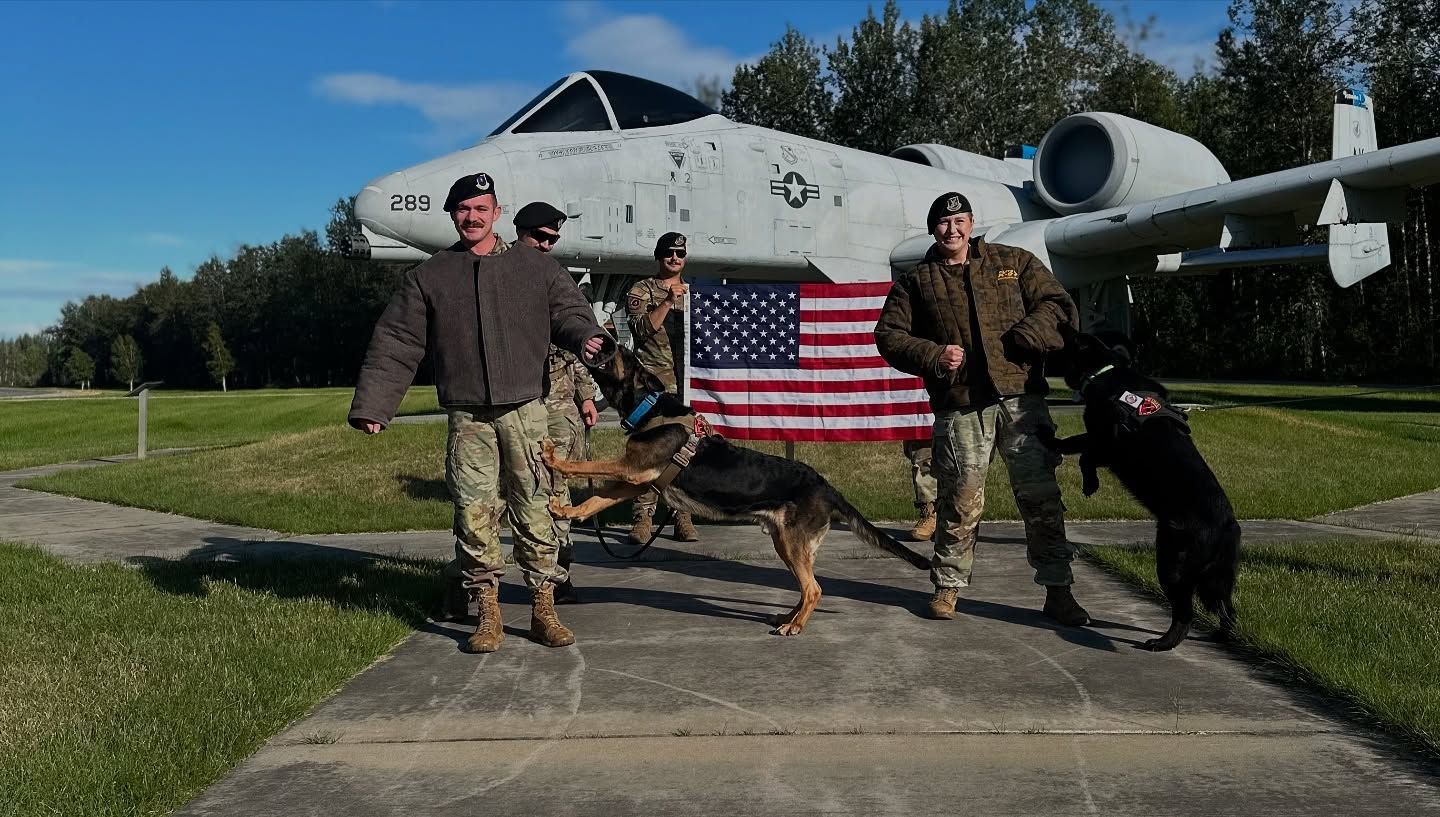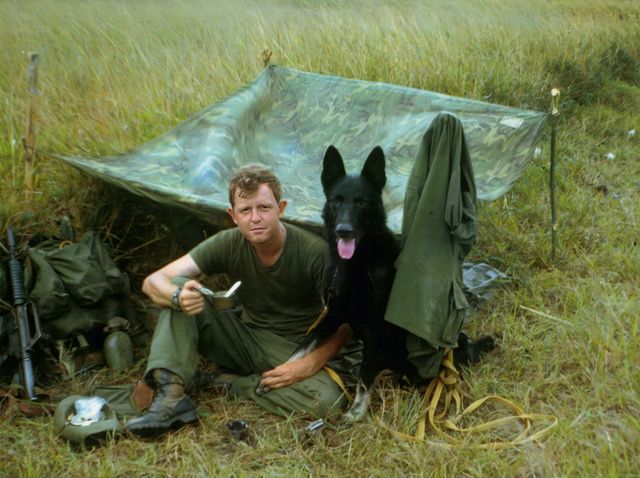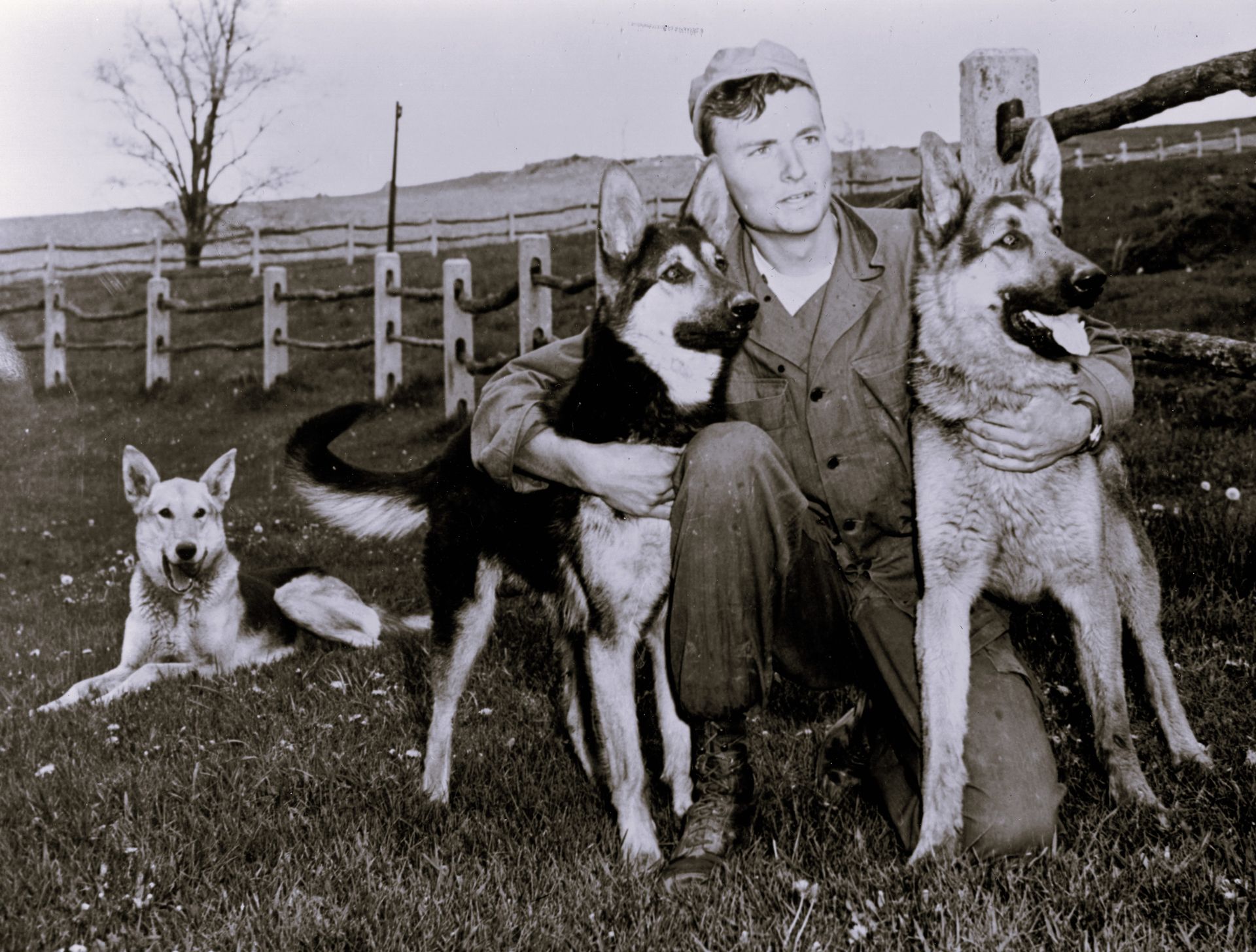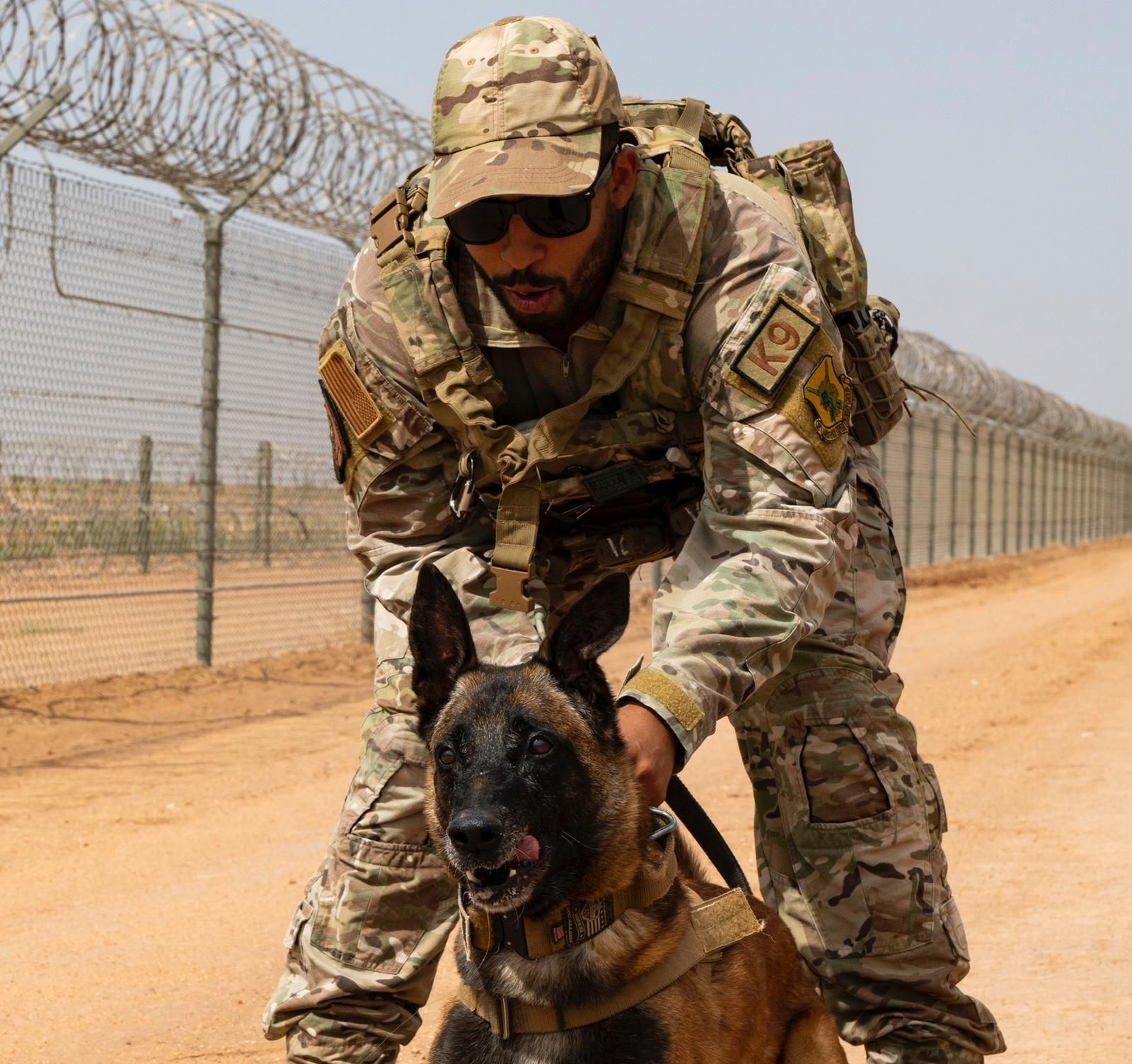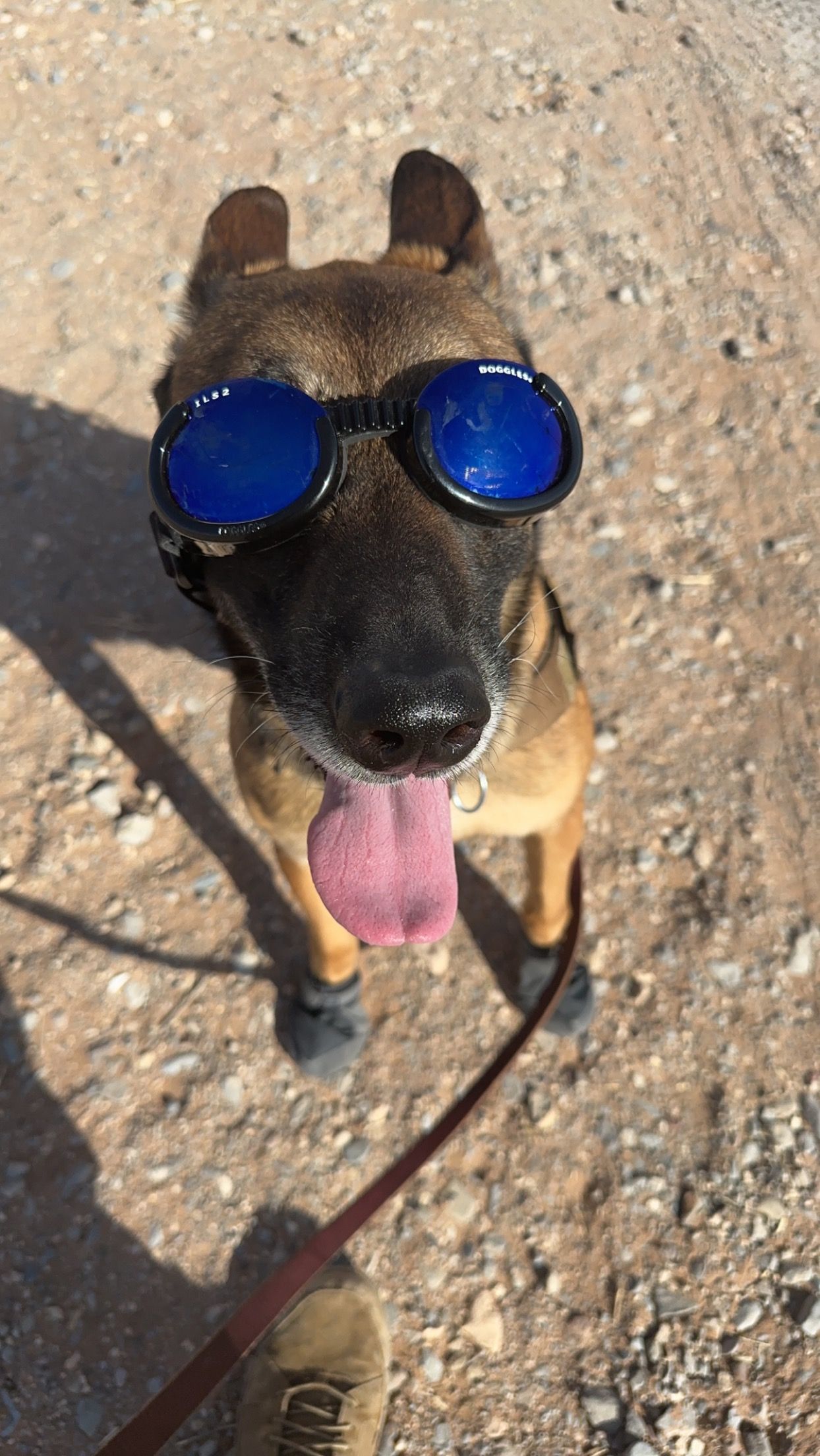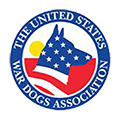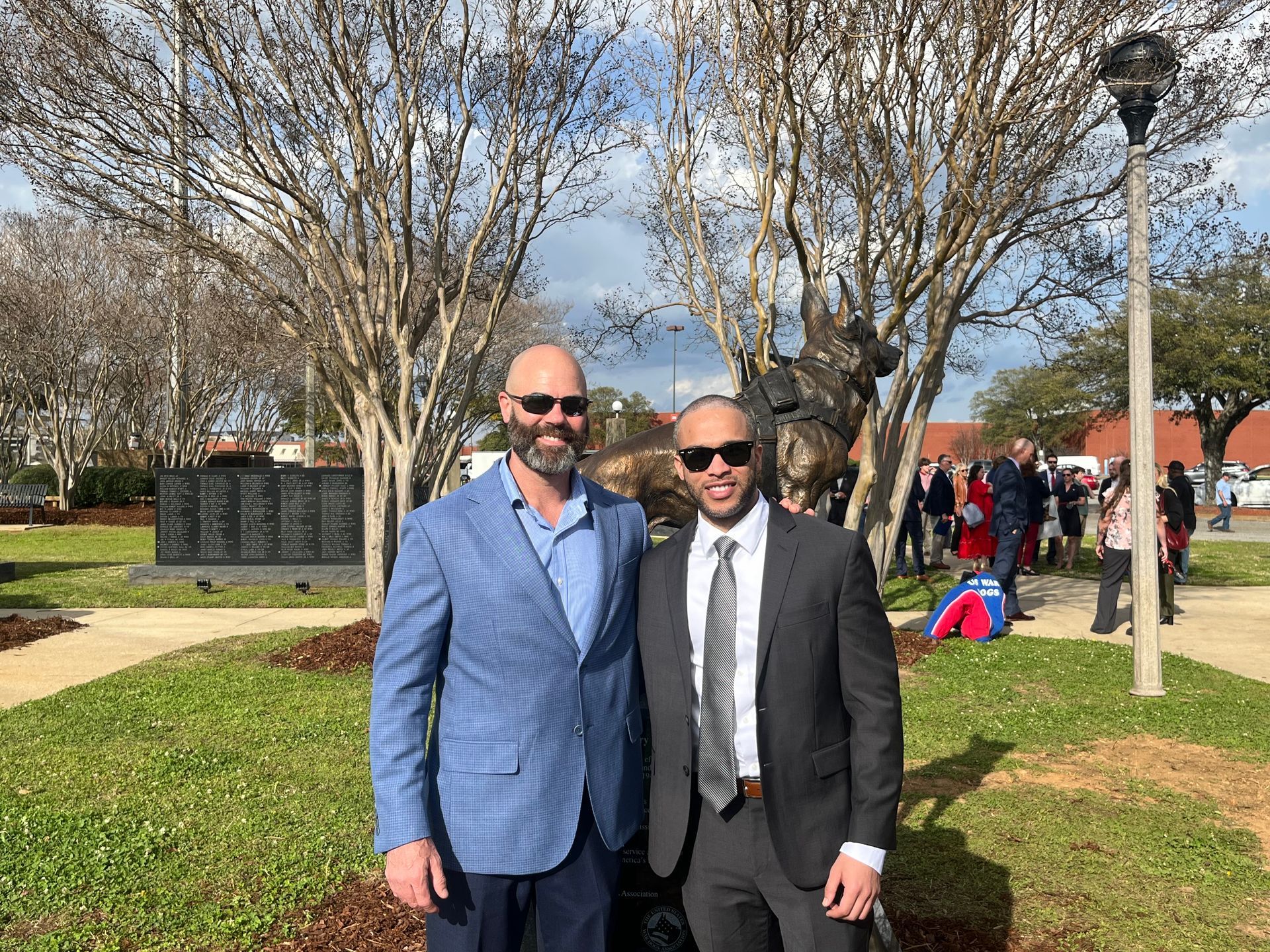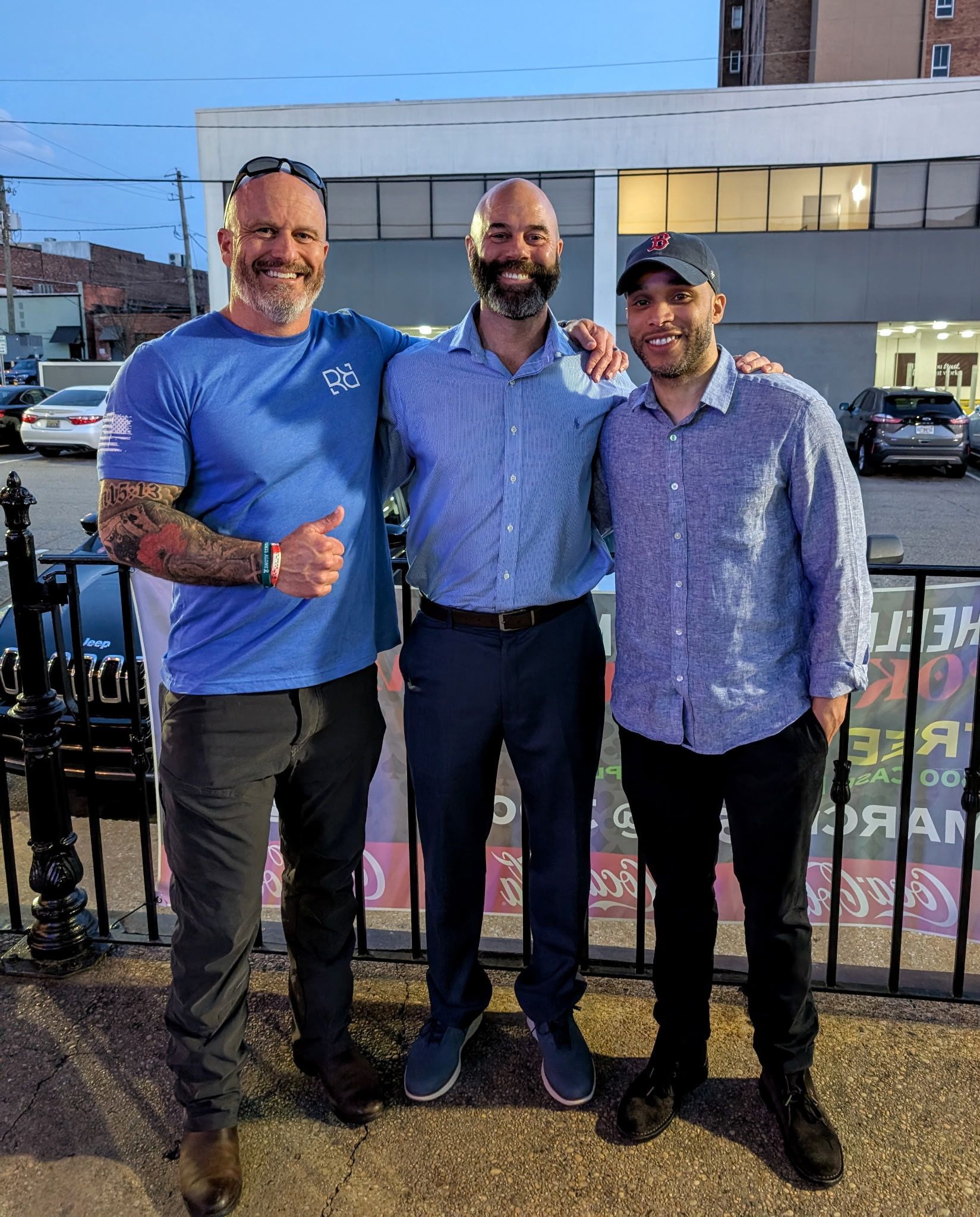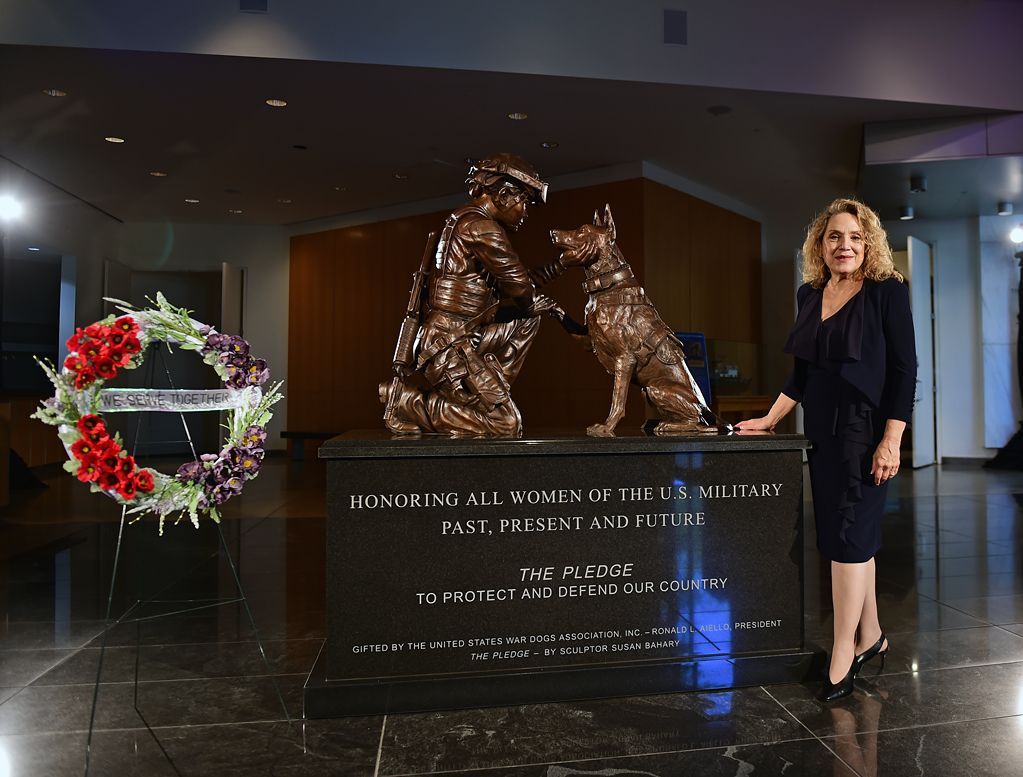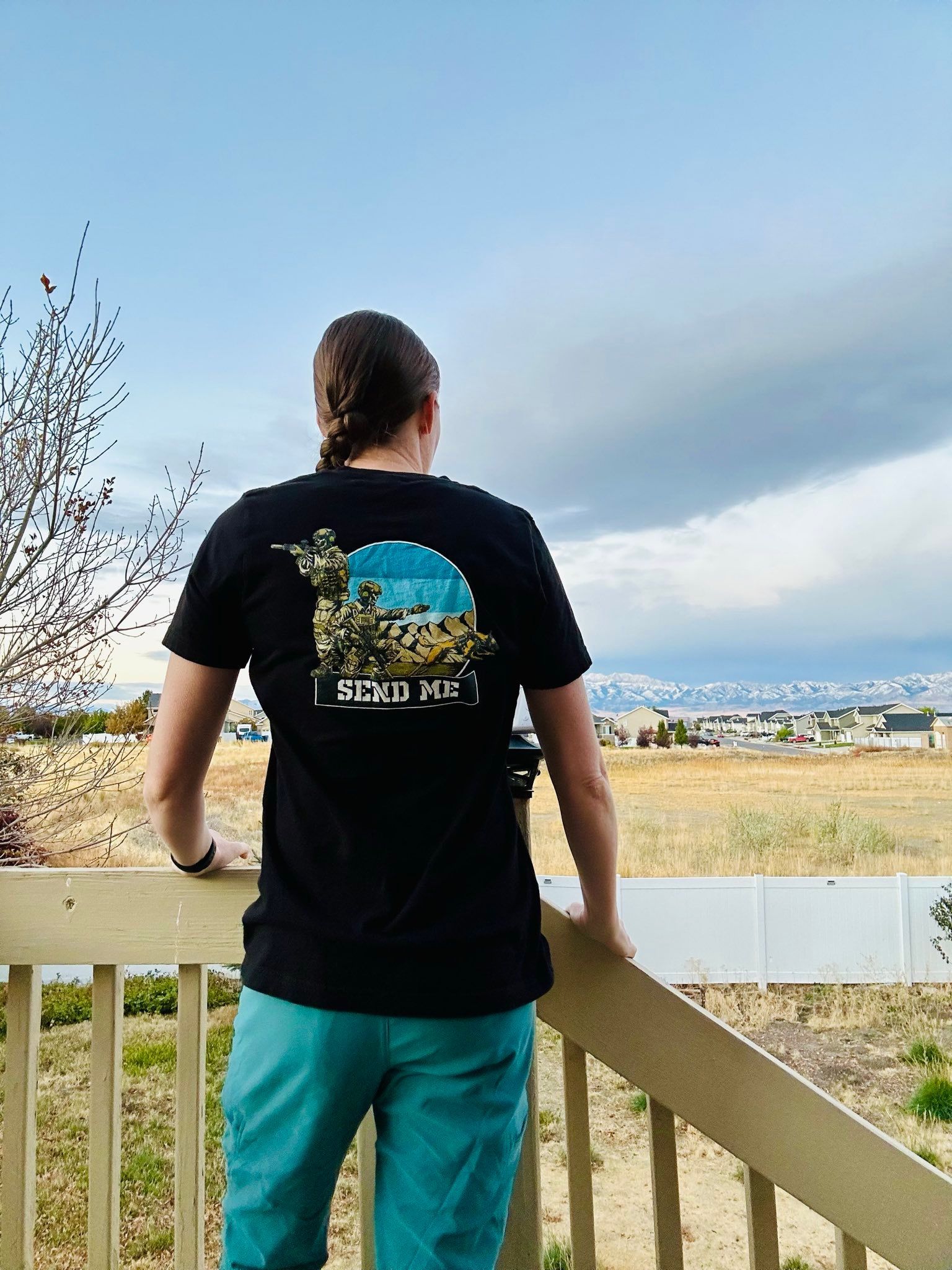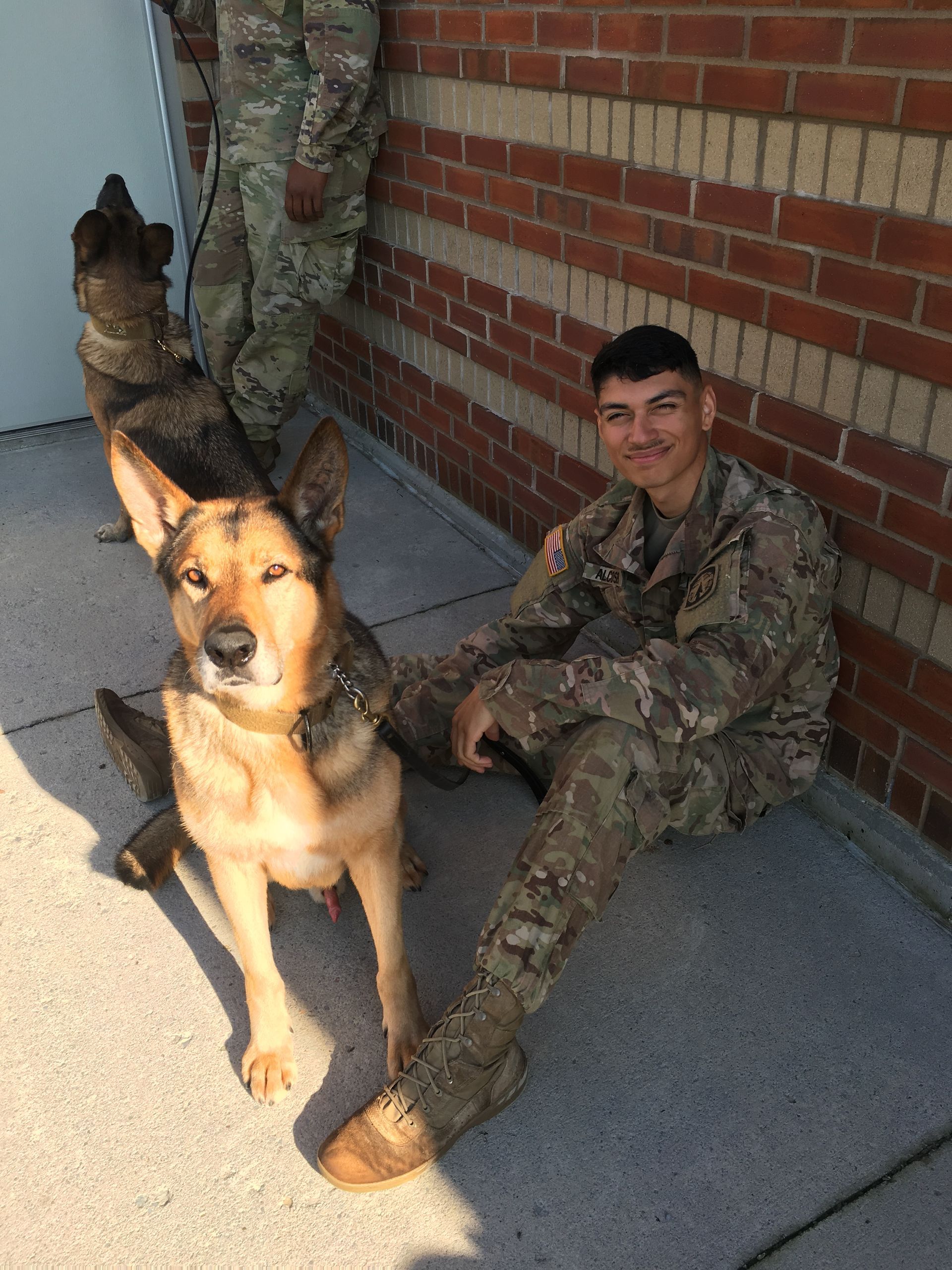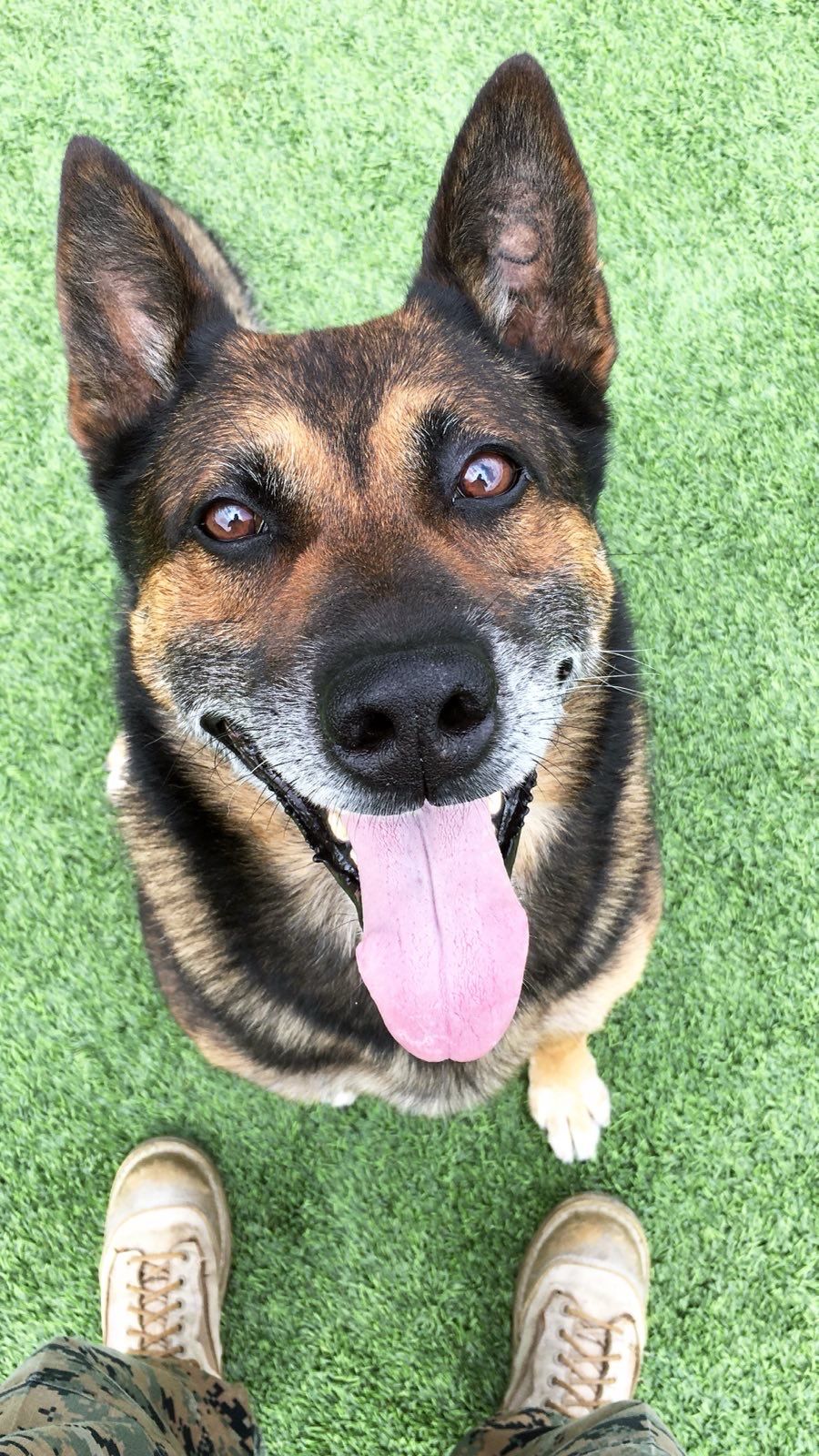
In Conversation With… US Army Veterinarian, Jim Giles
The K-9 community is blessed to have a richness and diversity of the skillsets within it – and this is something that we at US War Dogs is always keen to spotlight. In this interview, we were honored to chat with former US Army Veterinarian, Jim Giles, about his career that spanned the height of Operation Enduring Freedom.
Jim helps us to peer behind the surgical curtain of what life was truly like for the professionals who were charged with saving our injured MWDs in military theater. He also introduces us to one of the MWDs whose story he is honored to be part of.
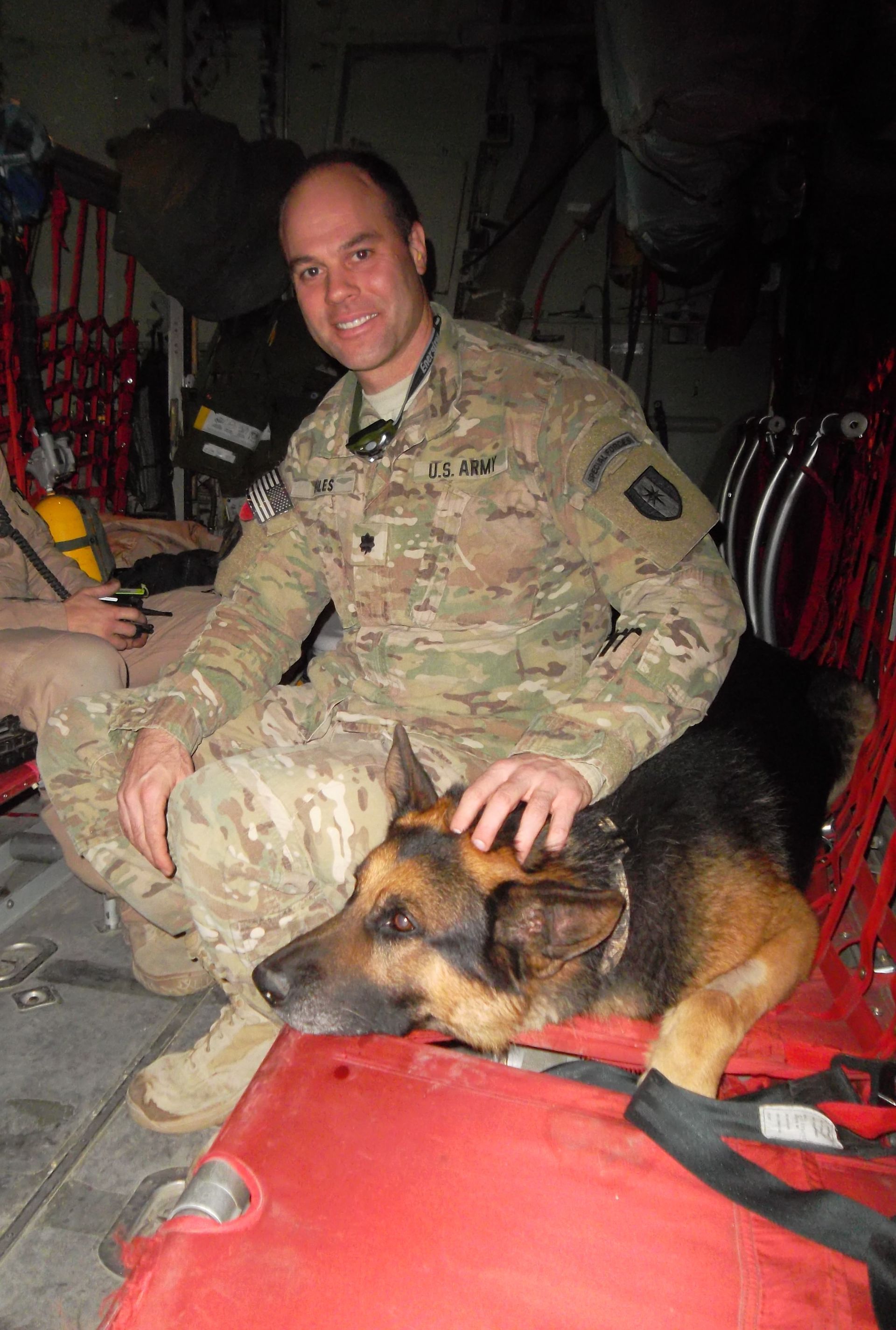
James Giles had always wanted to be a veterinarian, but after a wild couple of years at high school, Jim joined the US Army: “It was time to grow up and I knew that the military would give me the discipline and structure to do that. I signed up to join the Green Berets and was fortunate enough to make it through that path.” Ultimately, though, Jim’s calling to be a vet was strong, so he transferred to the National Guard Special Forces and went to Oklahoma University for undergraduate and veterinary school.
On completion of his studies in 1998, Jim returned to full time Army duties in Special Forces, but this time, using his qualifications in veterinary medicine to support the unit. “At this time, the Army Special Forces did not have MWDs assigned to them and although we partnered with DoD MWD teams on training exercises, I didn’t have any responsibility for MWDs as a vet. Of course, this was pre-9/11, so the landscape of the military was very different.”
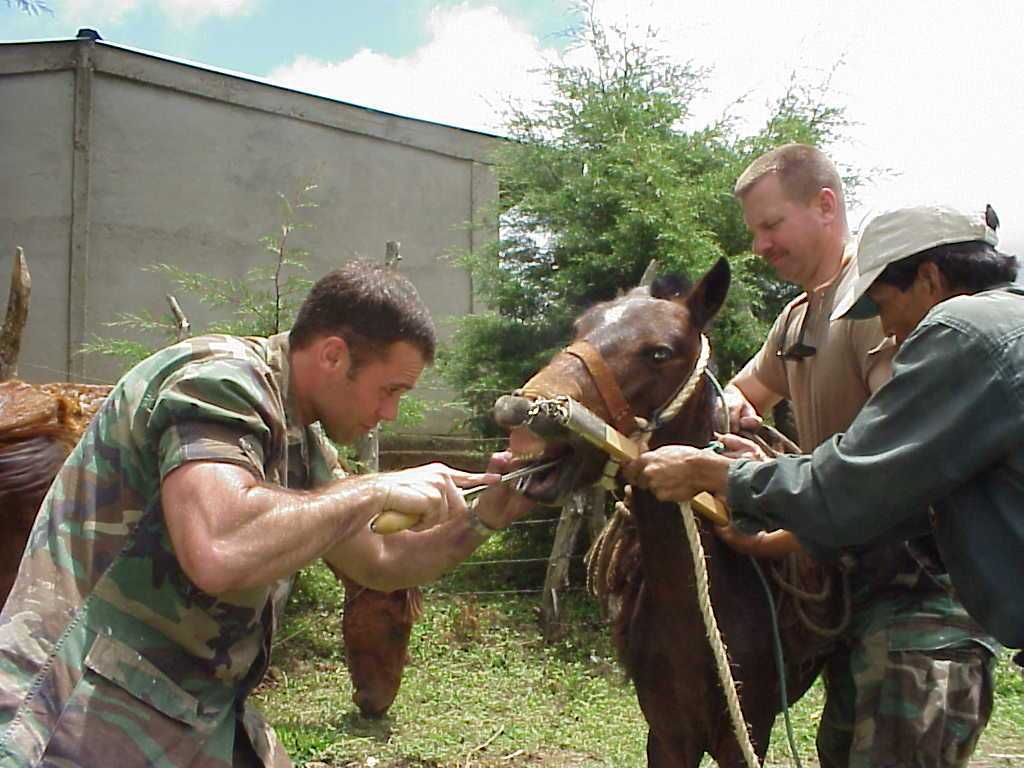
Jim getting to grips with a horse in Honduras
In 2001 though, Jim was assigned to Schoefield Barracks, Hawaii, where a large kennel provided him with his first taste of life taking care of MWDs. “We learned a great deal about a wide array of animals in veterinary school, but there was nothing specific to care of military working dogs, so it was an eye-opening three years.” The rigors and intensity of veterinary training kicked in once again and – following three years in Hawaii – he returned to Oklahoma to complete his small animal surgery residency.
Dog Center Europe
Almost 15 years into his career with the Army between active and reserve, and having spent 10 years at university, Jim finally received orders to go to Germany. In 2007, he arrived at Pulaski Barracks where Dog Center Europe (DCE) was based. This speciality center received working dog casualties returning from the Middle East. “We were building up the hospital to have excellent facilities and the MWDs really did receive the excellent care there. We did a lot of treatment on dogs with gunshots and IED injuries, as well as the more routine sports medicine-type injuries and other health issues.
“It would take a few days for the MWDs to transfer to us from combat theater and that transfer was often problematic as they didn’t receive the same care in transit that their human counterparts did, which meant that they often deteriorated before the got to us. It was our mission to change this.
“One of the wound treatment modalities for humans that we brought in for the MWDs was vacuum assisted wound therapy (VAC) – also known as negative pressure wound therapy. This kept wounds clean and aided with the healing process while the dogs were being transported to Europe. We successfully introduced this and we saw huge successes with the improvement of the dogs’ condition, even after making the long journey from the Middle East.
“The first MWD that had that treatment in a combat theater was Cujo (Australian SAS MPC) who was injured in 2011. We treated him in Kandahar and he was transported to DCE for definitive care. He had a near amputation from a gunshot wound, but was able to keep his limb in part due to treatment with the wound VAC.”
Jim’s experiences in Germany gave him his first experiences with casualties from combat theater but – after returning to the US to spend 12 months as the Animal Health Branch Chief of the Army Medical Department Center and School, Fort Sam Houston (TX) – he would soon be providing much more immediate care to MWDs, right in the thick of the action.
Afghan
Jim’s deployment to Afghanistan in 2011-2012 would bring with it a number of challenges, but Jim’s enquiring mind and drive to improve facilities for the dogs that needed his care, motivated him to keep pushing forward.
“The hospital was a tent and an expandable metal container for surgery, so both the environment and the facilities proved challenging. In Kandahar, we were next to the human hospital, which enabled us to do more. My goal was to help the human healthcare providers to recognise and understand the value of the MWDs. When we could help the human healthcare providers understand that the actions of the MWDs would save human lives, they became very willing to assist in MWD medical care.
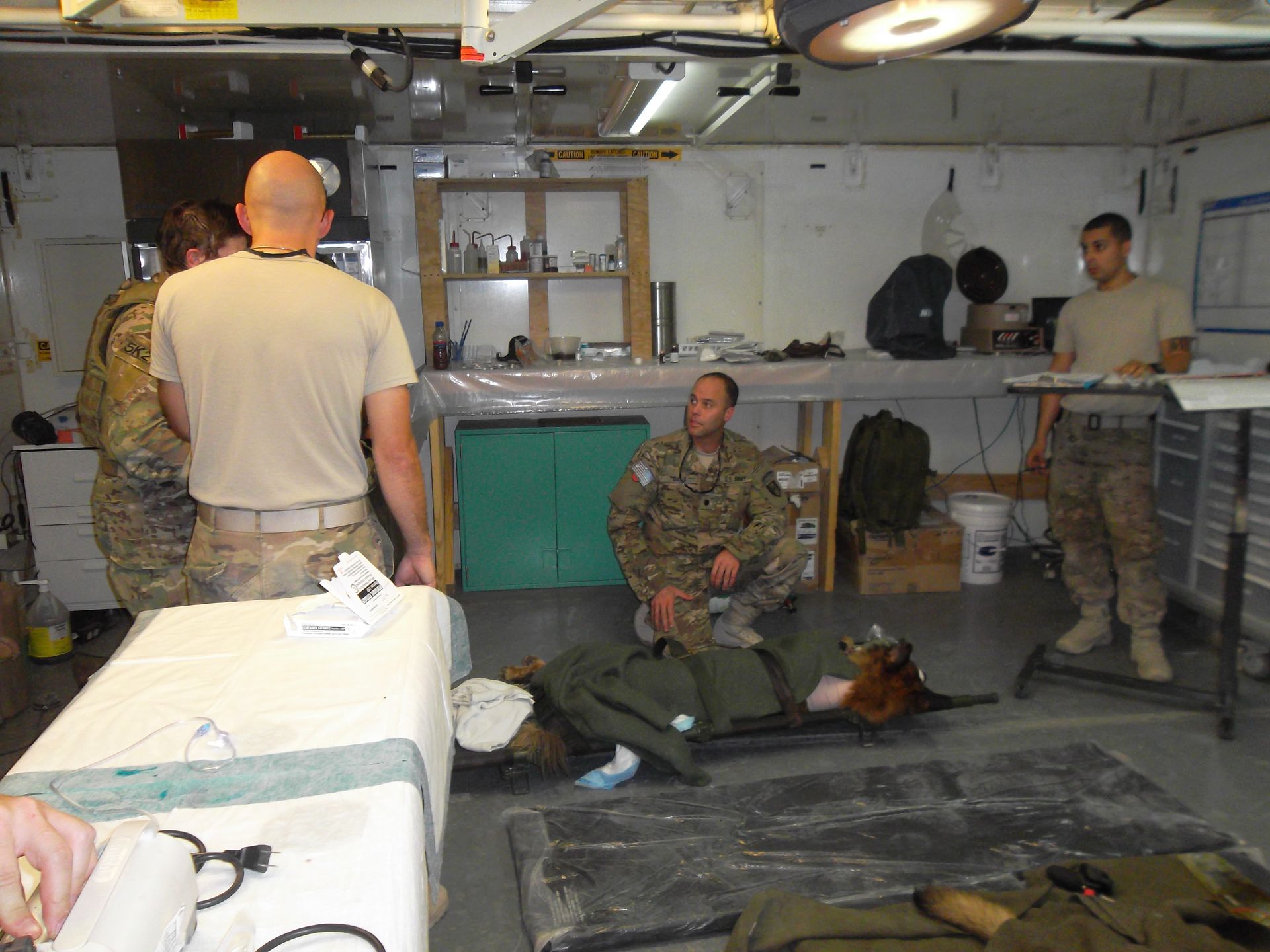
Jim working on injured Australian Special Forces MPC, Kuga
“We did a few things to help establish rapport between the two worlds: Dog demos were a great tactic to letting the human healthcare pros to see the dogs in action. We often got some audience members in bite suits too. There was a constant carousel of people so that education process was a year-round concern.”
The work that Jim and his team put in to help educate the human healthcare community in Afghanistan, didn’t stop at bite suits and demos: “When I had a surgery, I would recruit a human surgeon to help. This really helped to forge that bond that we were striving for. In the end, the human doctors would sabotage each other to make the cut and be in the operating room with us – it really was special.
“In turn, we got to access their expertise, facilities and equipment. It was very encouraging to see them draw closer to us.”
Understandably, with more medical staff on hand to take care of human casualties so – thanks to the work of Jim and his team – a standardized process was introduced: “Our close working relationship with the medical teams and their exposure to our work meant that we were able to draught in human surgeons when there wasn’t a vet present, to help stabilise an injured MWD.
“The fact that this process was brought in really stands testament to the collaboration we had forged and the value that our human medical counterparts saw in our military K-9s.”
But what of the K-9 patients that Jim treated? Were there any stand-out moments that defined his time in Afghanistan? Jim recalls his first encounter with US Marine Corps specialized search dog (SSD) Lucca, who was brought to Kandahar after an IED blast.
Lucca
SSD Lucca and her handler, US Marine Cpl Juan Rodriguez, were the dog team attached to a Special Forces unit. The team was on a clearance job in Helmand Province when Lucca had located an IED but stepped on a secondary device nearby. Jim said: “The SF medic and Juan saved Lucca’s life in the field. They stopped her bleeding and got her pain under control before getting on a helicopter to Camp Leatherneck first. One of our captains there gave Lucca initial care before sending her to us in Kandahar.
“Lucca and Juan arrived together in an ambulance and by this point, she was very stable – she was on IV, morphine, torniquet, bandages.
“We did an initial assessment and looked at what she had left of her forelimb. We had to do some decision making: The IED blast had removed the lower third of her leg in what’s known as a traumatic amputation.
“We called the Director of the MWD Center at Lackland AFB, TX to discuss the pros and cons of limb preservation or full amputation. Often, if the other three legs are good, dogs do well with amputation. Lucca’s other legs were very healthy, so we did the full amputation at the human hospital the following day.”
Jim recalls that Lucca’s operation was very straightforward: A forelimb amputation, including her shoulder blade, meant no cutting through bone. “Of course, it is a major surgery, with lots of nerves and vessels to be cautious of”, Jim explains. “But it is a standard procedure. Lucca had a human anaesthesiologist, plus two human surgeons in the room. Juan was pretty much by her side almost constantly – we told him to go and take a shower, but that was it!”
After a successful surgery, Lucca’s healing journey and transition to life with three legs, could begin. “Adapting to life after a forelimb amputation is a little trickier because of the load bearing aspect, but Lucca was very strong. She wasn’t patrol or attack trained, which also helped. Lucca was a was super easy patient, never showing any aggression or hostility, which is unusual as the dogs can be testy when they are a little confused or in pain.”
So what is it about Lucca’s story that stands out for Jim? “Lucca’s case represents a real stride forward in the care that MWDs received in Afghanistan which – finally – could match and exceed the expectations of her fellow service members and members of the public.
“The handler’s expectation is that we could deliver the same level of care that they would receive. We were going to do everything to make sure that would happen and Lucca’s story really helps to cement this legacy. It also outwardly proves that MWD treatment isn’t contingent on them going back to work. We knew Lucca would retire from service following her recovery – and that was absolutely the goal: To restore her health so that she could enjoy a full and active retirement.”
Lucca’s story also resonated for another reason. Jim said: “I had spent a lot of time in the operating rooms with the human doctors – marvelling at how they maintain their composure and professionalism when faced with some dire situations. But when the human doctors and nurses came into our world, the dogs touched them in a way that brought their emotions to the fore.
“One scene I remember clearly is Lucca laying in her kennel with her head in Juan’s lap – he really never left her side. They were both sleeping and two nurses from the human hospital stood a couple of meters away, sobbing. The bond that dog and handler shared; the sacrifice that dog had made for her country and the rawness of that moment, was too much for them.
“That’s the power Lucca had: To connect people with the military K-9 community on an empathetic level. In her retirement, seeing her visit her human amputee counterparts to provide that solidarity and consolation without words, was so moving. In the years since she passed away, her legacy to act as the strongest ambassador for MWDs, continues to shine bright.”
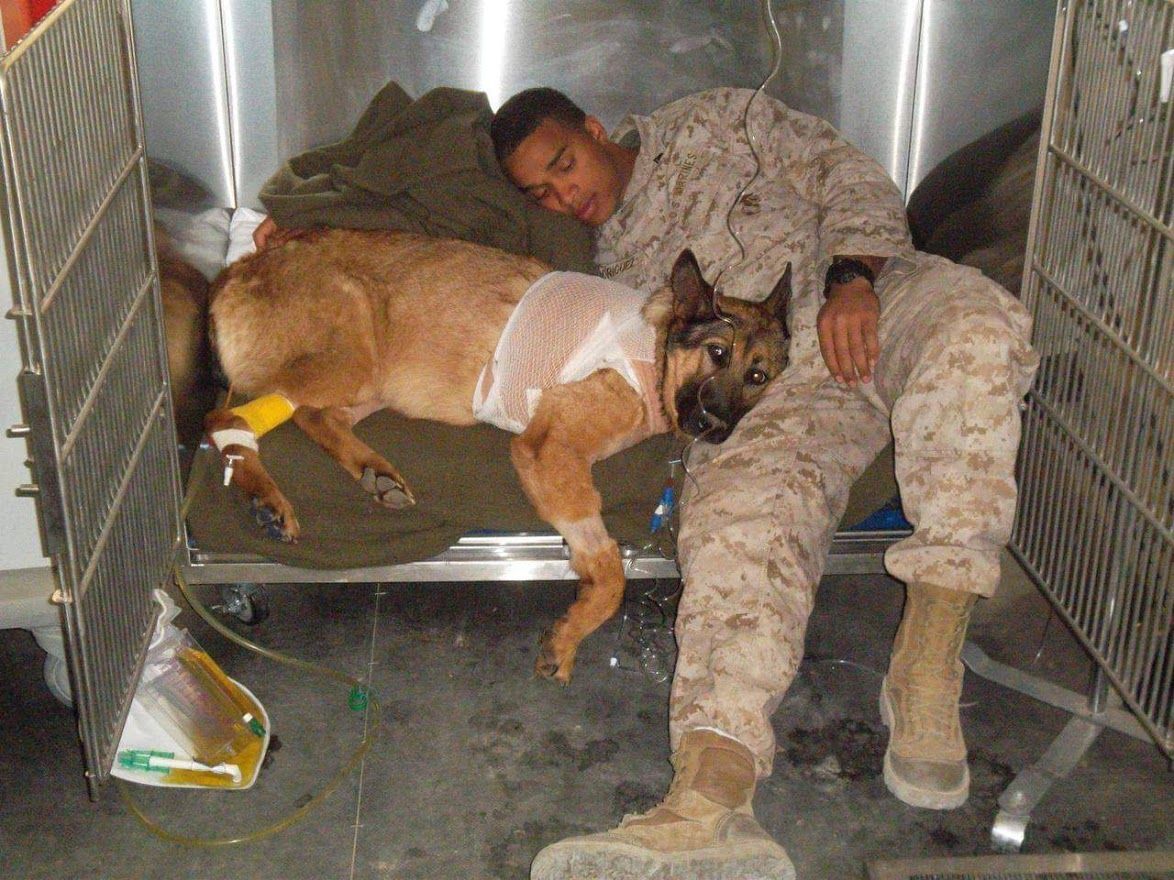
The bond that Lucca and her handler shared, moved all who cared for them
Jim even attended the dedication ceremony of Lucca’s memorial in Tuscaloosa, AL, earlier this year. “Her legacy lives on and the memorial is testament to that .She saved hundreds of lives but continued to impact so many after that. She is such a great ambassador for the MWD mission. I have told her story countless times at conferences and seminars, where I passionately advocate for the role and service of our nation’s MWDs.”
Jim with Lucca’s handlers, Juan Rodriguez and Chris Willingham, her first handler who adopted Lucca after she retired
Retirement
Jim retired from the military in 2016 and now works at the Blue Pearl Pet Hospital in San Antonio, where his case load still features a large number of law enforcement and MWD patients. “I love maintaining a connection to the service animal community and have been honored to work with a number of retired MWDs along the way too, including retired MARSOC multi-purpose canine (MPC) Bass and retired MWD Ares, to name just two.”
Jim’s advocacy for and professional dedication to the MWD community has seen vast improvements in the way our nation’s military K-9s receive care in conflict and how they are viewed and understood by the wider medical community.
Thank you for all you have done – and continue to do – for our MWDs, Jim.
K-9 leads the way.
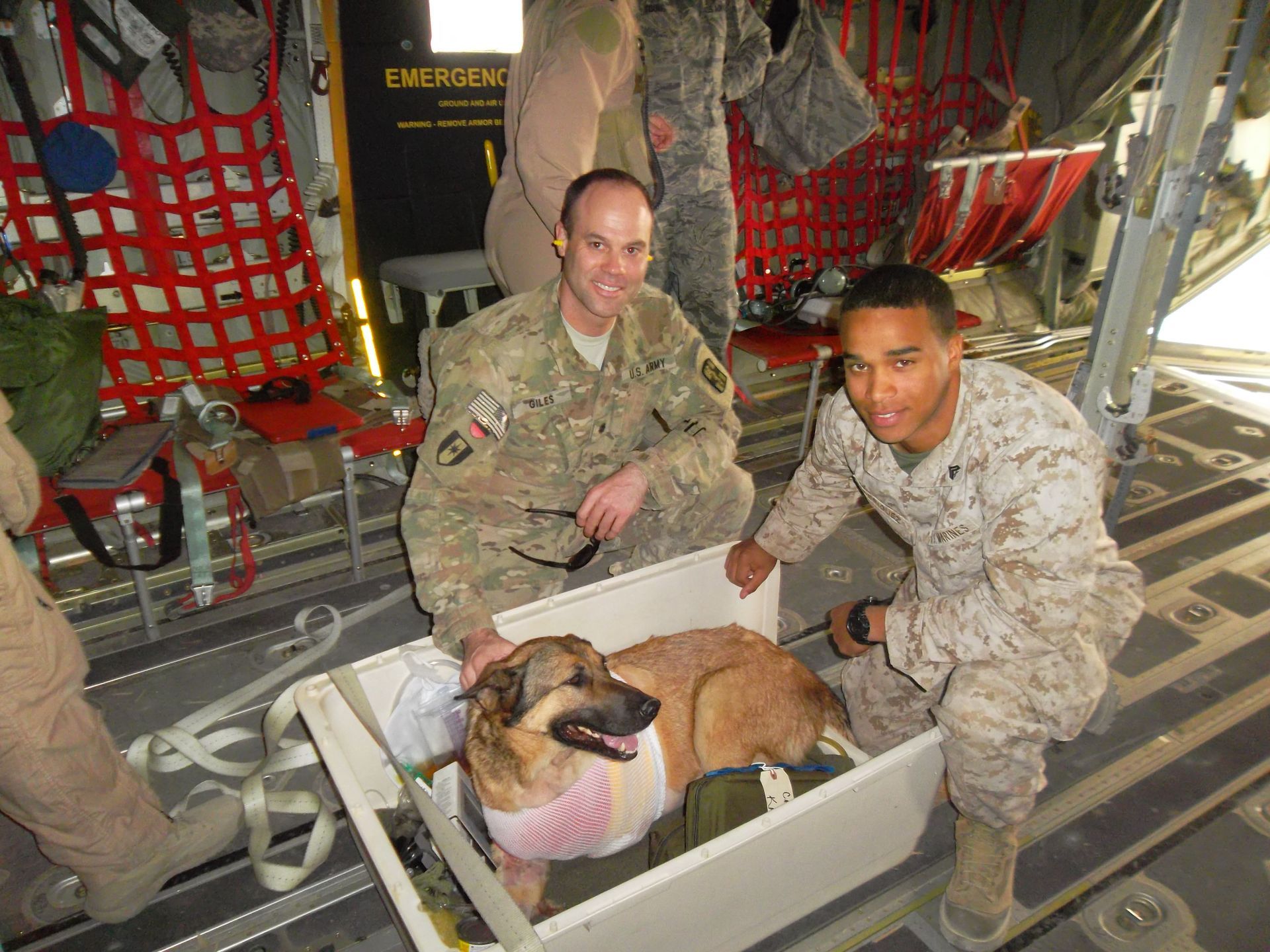
Jim’s tireless devotion to MWDs saved countless lives, including Lucca’s
